Affiliate links on Android Authority may earn us a commission. Learn more.
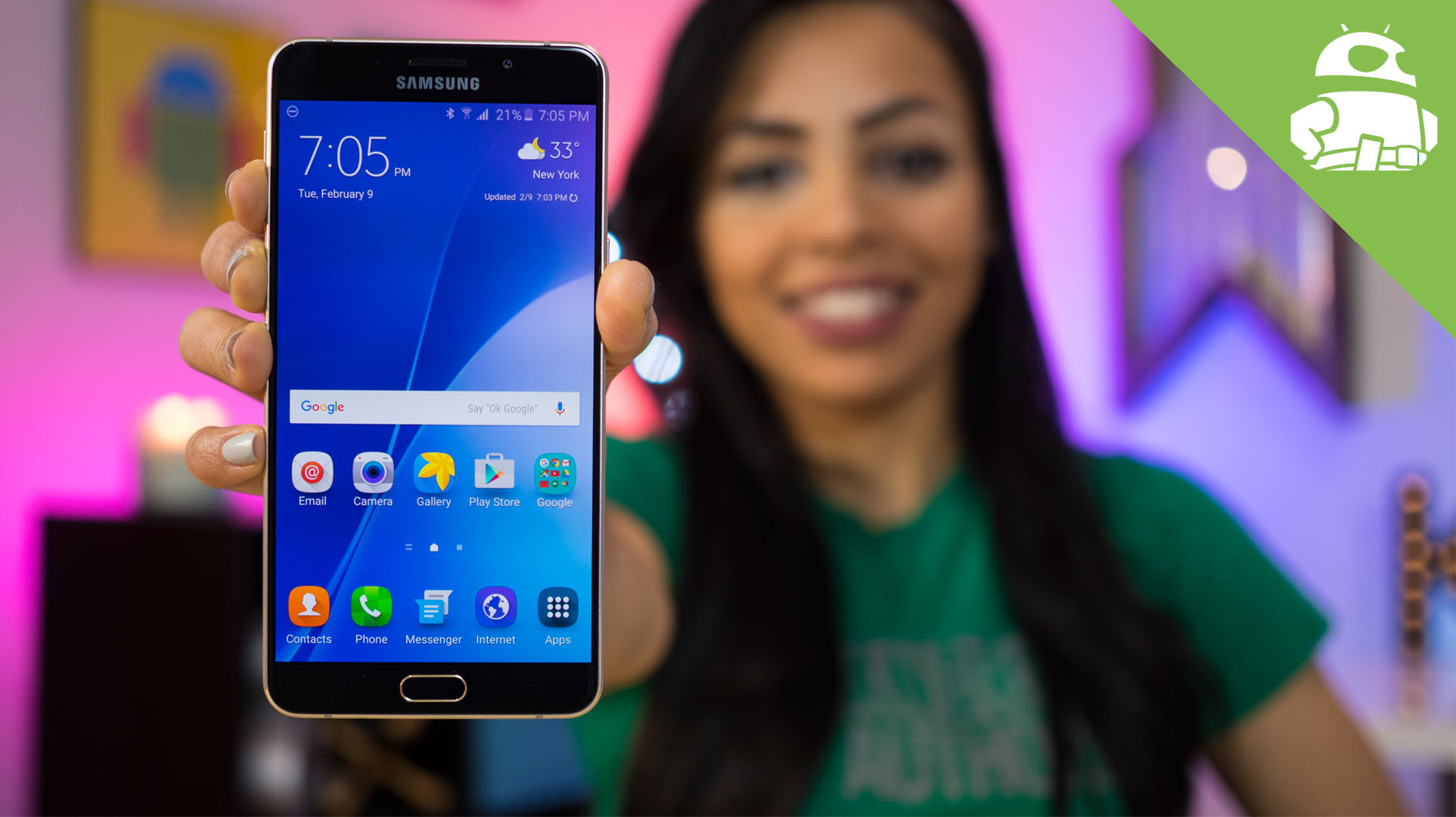
Samsung Galaxy A9 review
Published onFebruary 11, 2016
Samsung Galaxy A9
What we like
What we don't like
Our scores
Samsung Galaxy A9
Samsung refreshed their Galaxy A series at the end of last year, with the new smartphones in the series borrowing heavily from the design language and construction of Samsung’s 2015 flagships. Apart from the 2016 editions of the Galaxy A3, A5, and A7, Samsung also added a new device to the lineup, which is also the largest of the bunch, and at least on paper, falls squarely in the “premium mid-range” category that we’re all increasingly familiar with.
What does this latest large Samsung offering bring to the table? We find out, in this comprehensive Samsung Galaxy A9 review!
Design
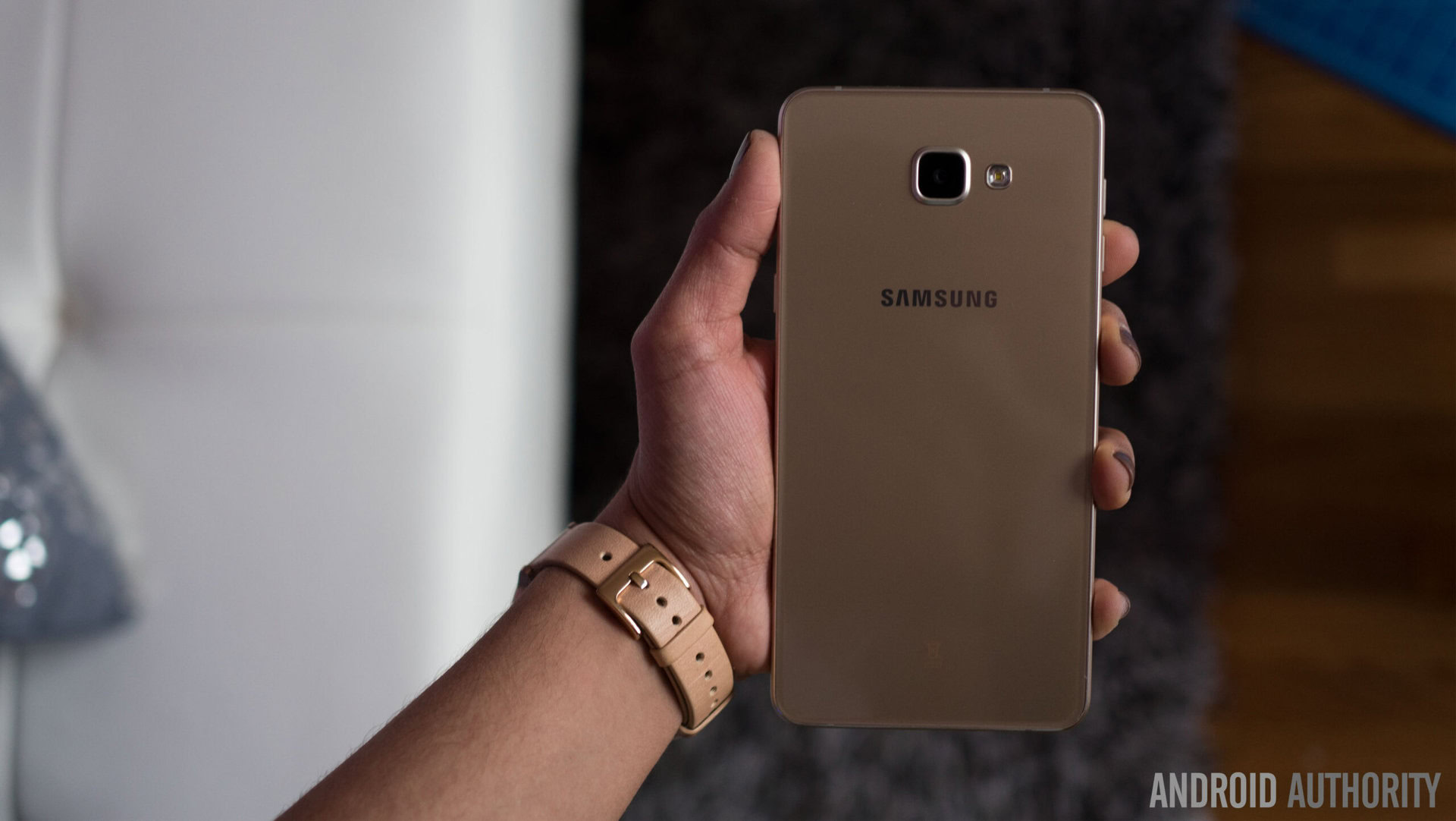
Samsung has always had a penchant for bringing their flagship design language to the rest of their smartphone portfolio, so it’s not really surprising that the Galaxy A9 looks like an over-sized Galaxy S6, or a Galaxy Note 5, albeit without the curves on the back. What returns is the fantastic build quality, with two Corning Gorilla Glass 4 panels held together by a metal frame. A few elements do differentiate the Galaxy A9 from its flagship counterparts however; its corners are less rounded, resulting in a more angular look; meanwhile, flagship features like the S-Pen and the heart rate monitor aren’t to be found here.
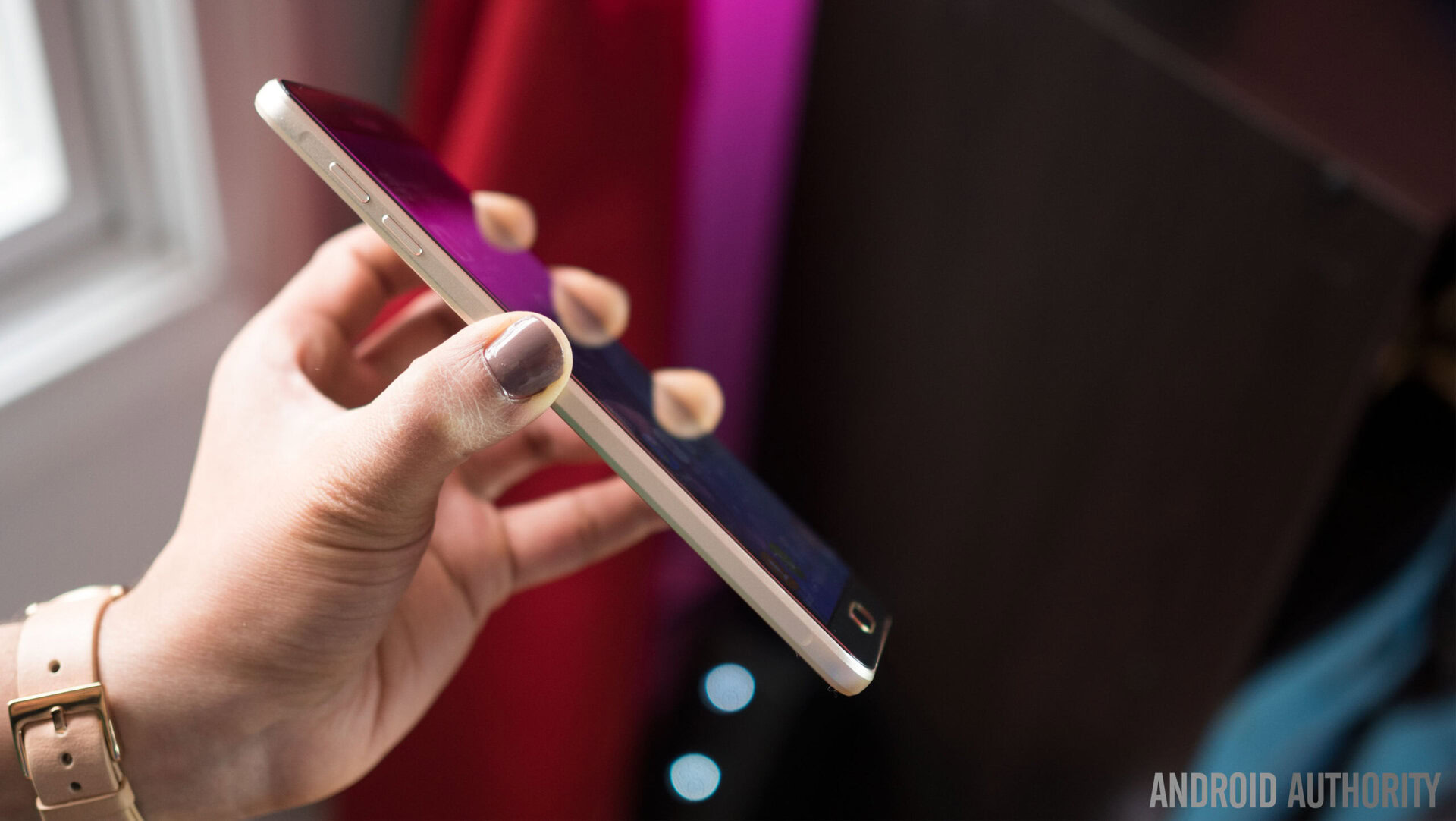
Featuring a large 6-inch display, the handling experience is admittedly quite unwieldy, and while Samsung has done a great job in keeping the top part and the bottom chin relatively thin, one-handed use is quite literally a stretch. Some users will find hand gymnastics to be required to get across and to the top of the display, but with a somewhat slippery glass backing, using this phone with two hands will be your safest bet. Worth noting here is that despite being slightly thinner than the Galaxy Note 5, the camera unit on the back doesn’t protrude as much, which is one less thing to worry about when handling the device.
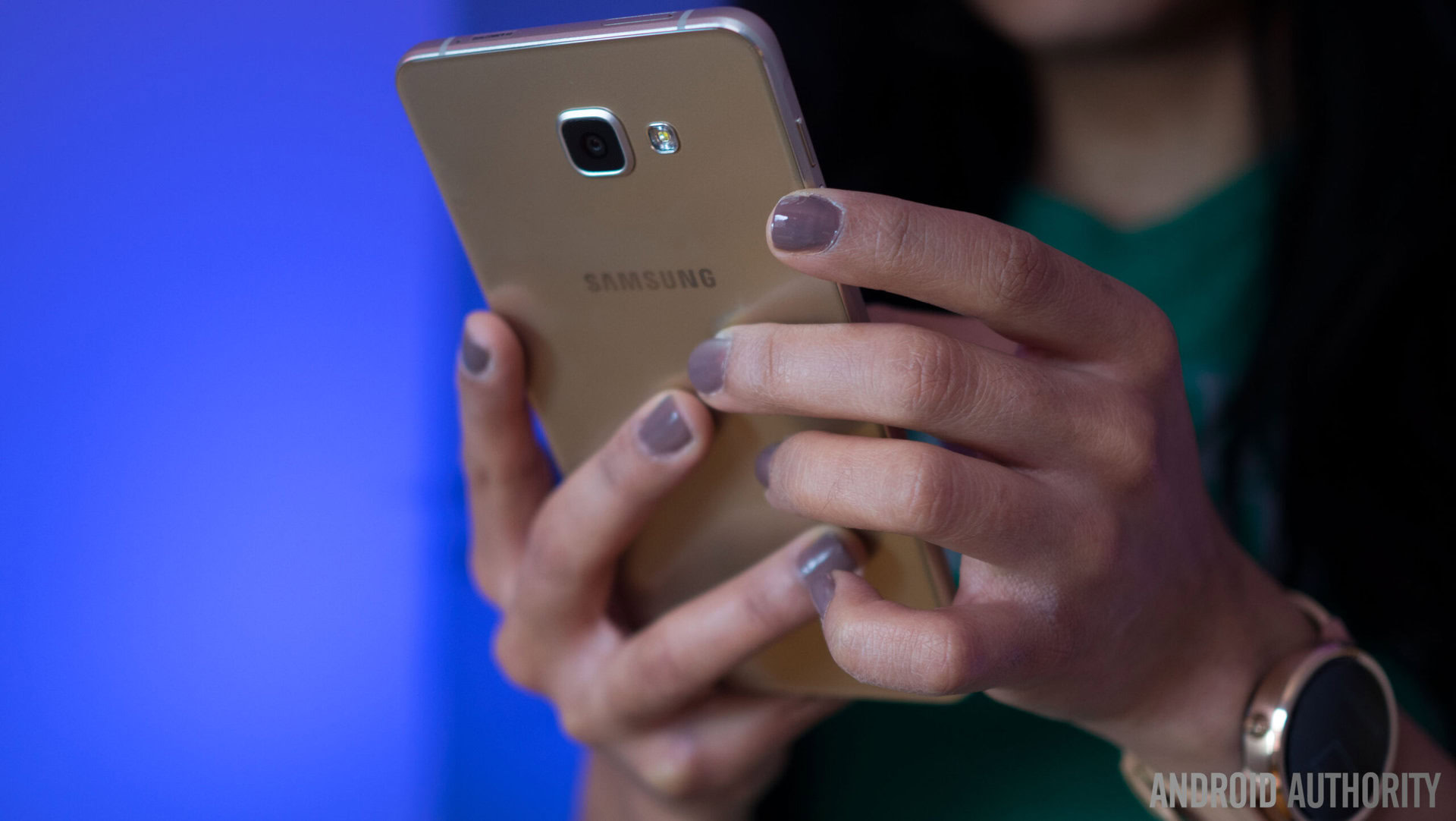
What you will notice right away when you first pick up the Galaxy A9 is its weight, and at 200 grams, it is certainly one of the heaviest smartphones we’ve come across. This heft does result in a substantial feel, but combined with the phone’s large dimensions, it can feel a little unbalanced when maneuvering it around. Given that the additional weight is likely a result of the huge battery packed into the device, it’s something that is at least understandable.
Display
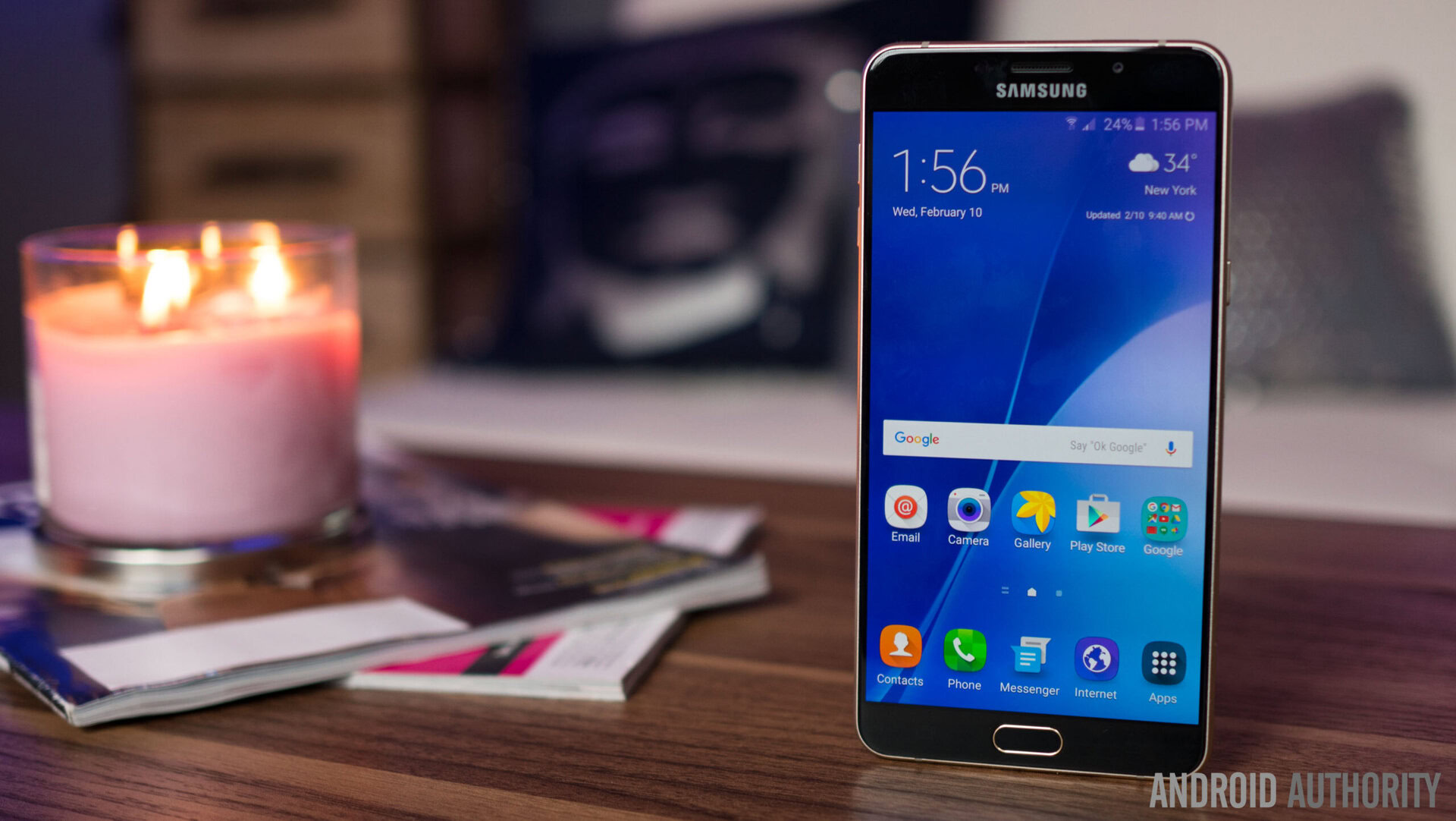
The Galaxy A9 comes with a 6-inch Super AMOLED display with a 1920 x 1080 resolution, resulting in a pixel density of 367 ppi. Samsung’s display prowess makes itself known once again with this screen, and everything you’d expect from a Super AMOLED panel, including vibrant, saturated colors, deep blacks, high brightness, and good viewing angles, are all to be seen here. The large display may not make for the best handling experience, but media-consumption and gaming-centric users will certainly appreciate the additional display real estate that is available to them.
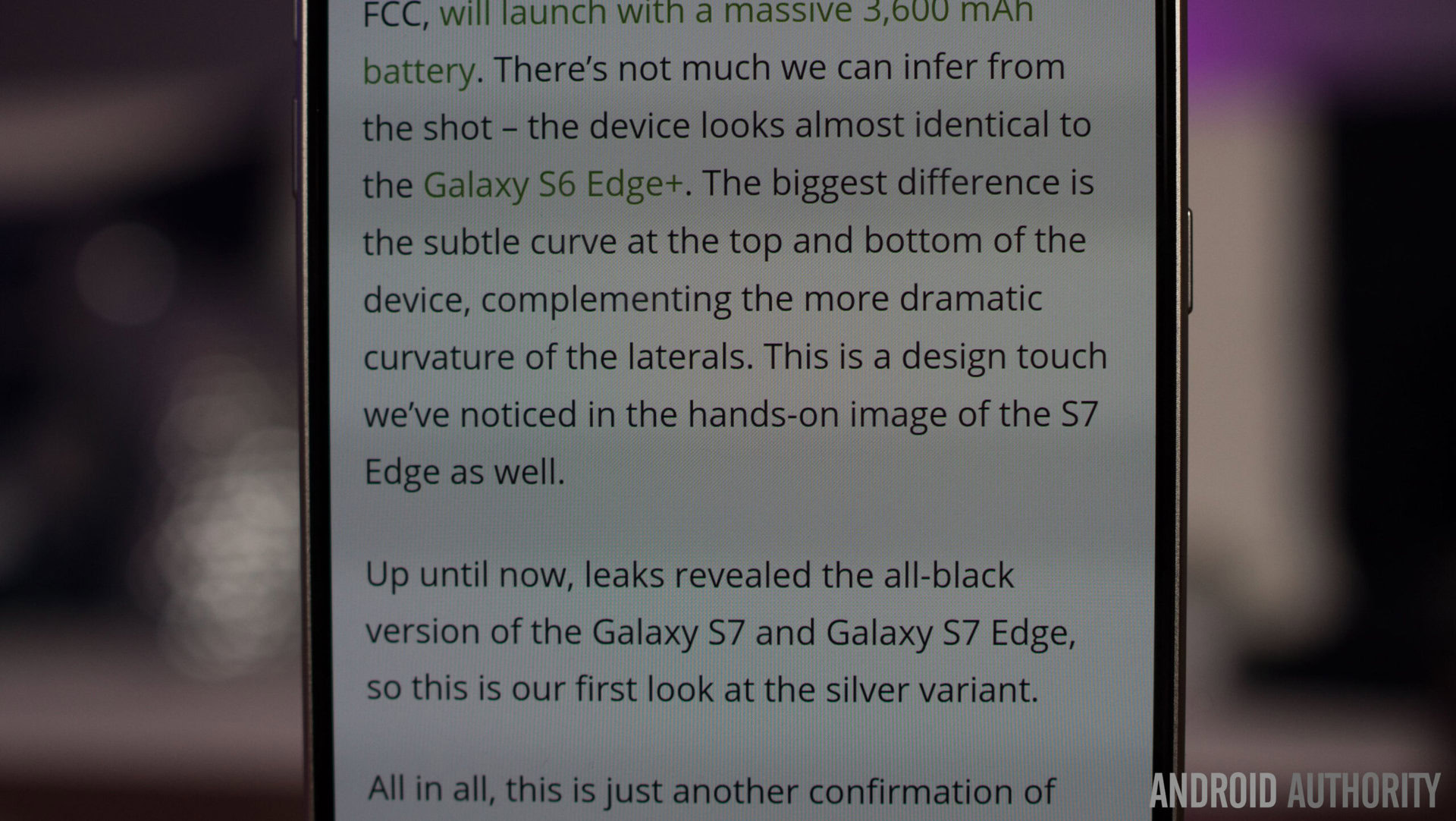
With Quad HD being the current flagship standard, some may be disappointed with the comparatively lower resolution of the display, but Full HD definitely gets the job done in this instance. Granted, some texts may appear fuzzy, and you may notice that the images are not the sharpest, especially if you’ve moved over from a device with a Quad HD display. All said and done however, the resolution doesn’t make as much of a difference as the vibrant colors do, and this display in certainly gorgeous. Add that to the fact that using a Full HD display will also lead to some benefits in terms of battery life, and Samsung’s decision to stay with a 1080p screen does make sense.
Performance
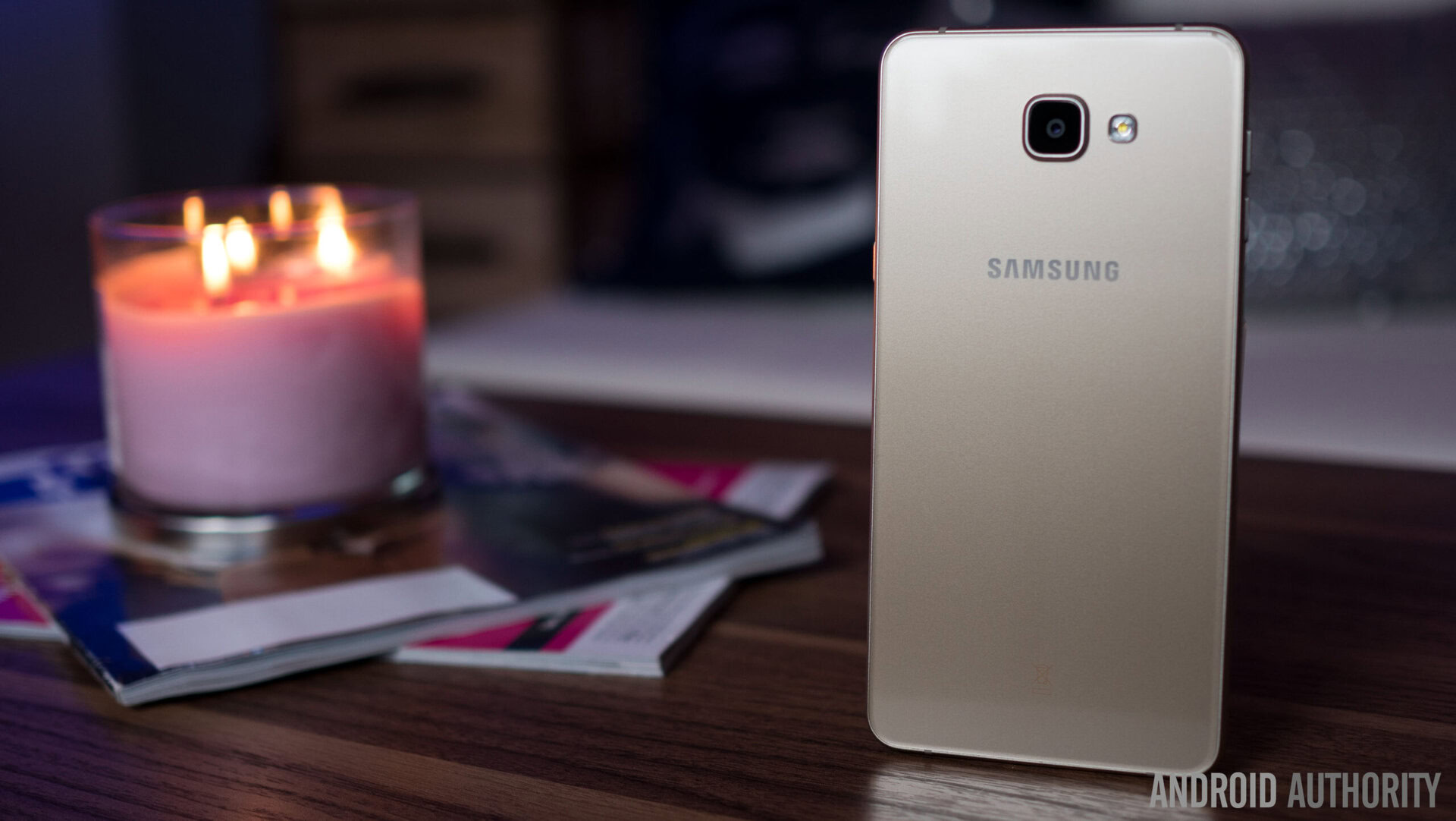
You’ll find something quite different under the hood this time around, with Qualcomm returning to the Samsung fold with this device. The Galaxy A9 comes with the recently-renamed octa-core Qualcomm Snapdragon 652 GPU, backed by the Adreno 510 GPU, and 3 GB of RAM. Seeing a Snapdragon 6xx at the helm may make you think of this as a mid-range processing package, but in terms of performance, what you get is actually quite close to the Galaxy Note 5, and the A9 seemingly surpasses the Galaxy S6, which is very impressive.
The device handles everyday tasks with ease – opening, closing, and switching between apps is a breeze, and gaming is a lot of fun, with few and far between dropped frames. Everything remains smooth and snappy for the most part, and the only instances of stutter that are noticeable are when moving to the Briefing screen to the left of the main homescreen, but that has been the case with previous Samsung smartphones as well, and is likely an issue with software optimization. The overall experience has been incredibly smooth, and the Galaxy A9 is certainly not going to disappoint as far as performance is concerned.
Hardware
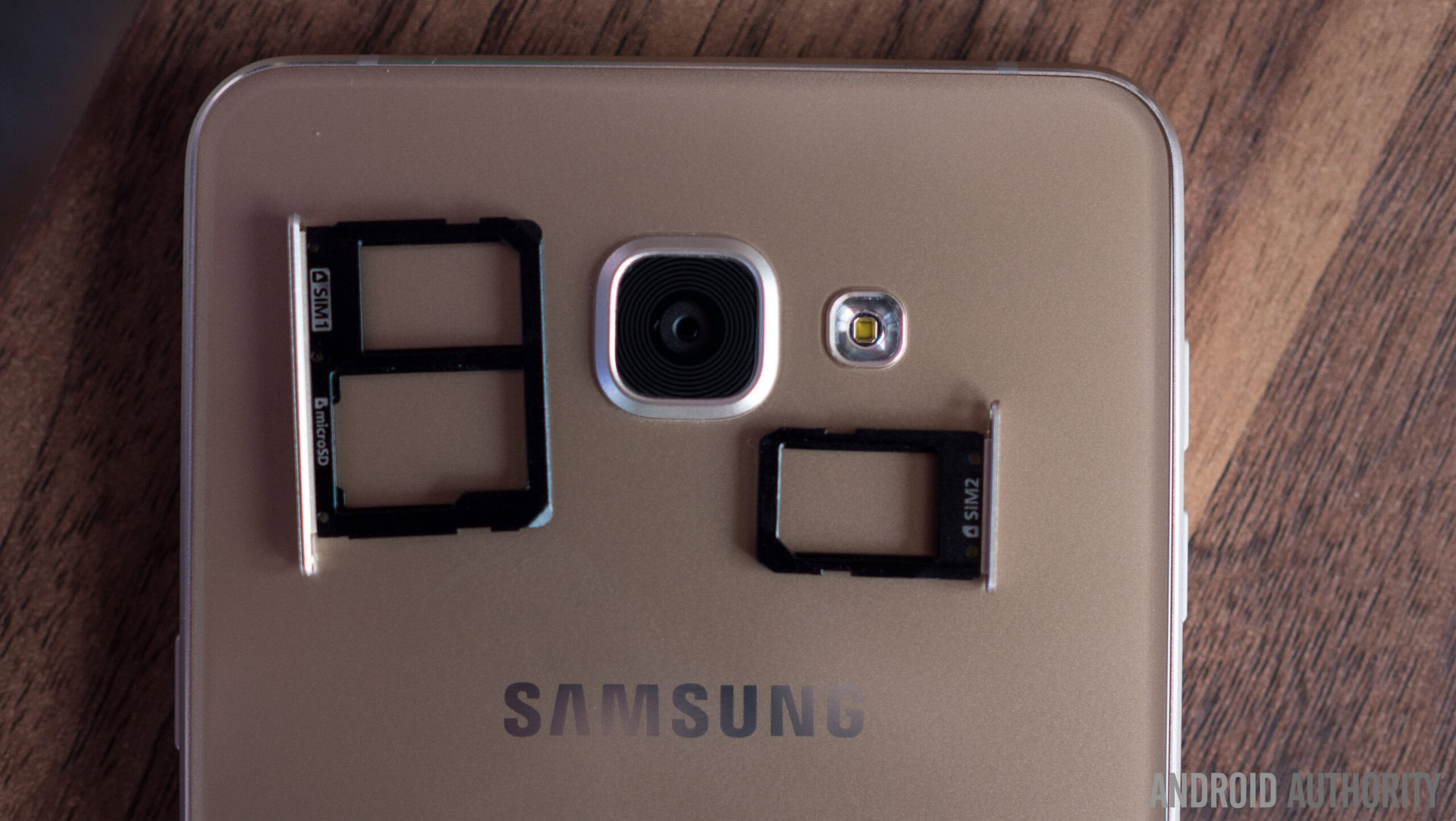
In hardware, the Galaxy A9 comes with a standard suite of connectivity options, including NFC, and you also get dual-SIM capabilities. 32 GB is the only storage option available here, but the great news is that expandable storage is now available with a near-flagship Samsung smartphone once again, with microSD card support up to 128 GB. The lack of expandable storage with the Galaxy S6 and Galaxy Note 5 caused an uproar among consumers, and it’s nice to see Samsung bring this feature back with a device that features a premium unibody construction, and perhaps, this is a little foreshadowing of the future as well.
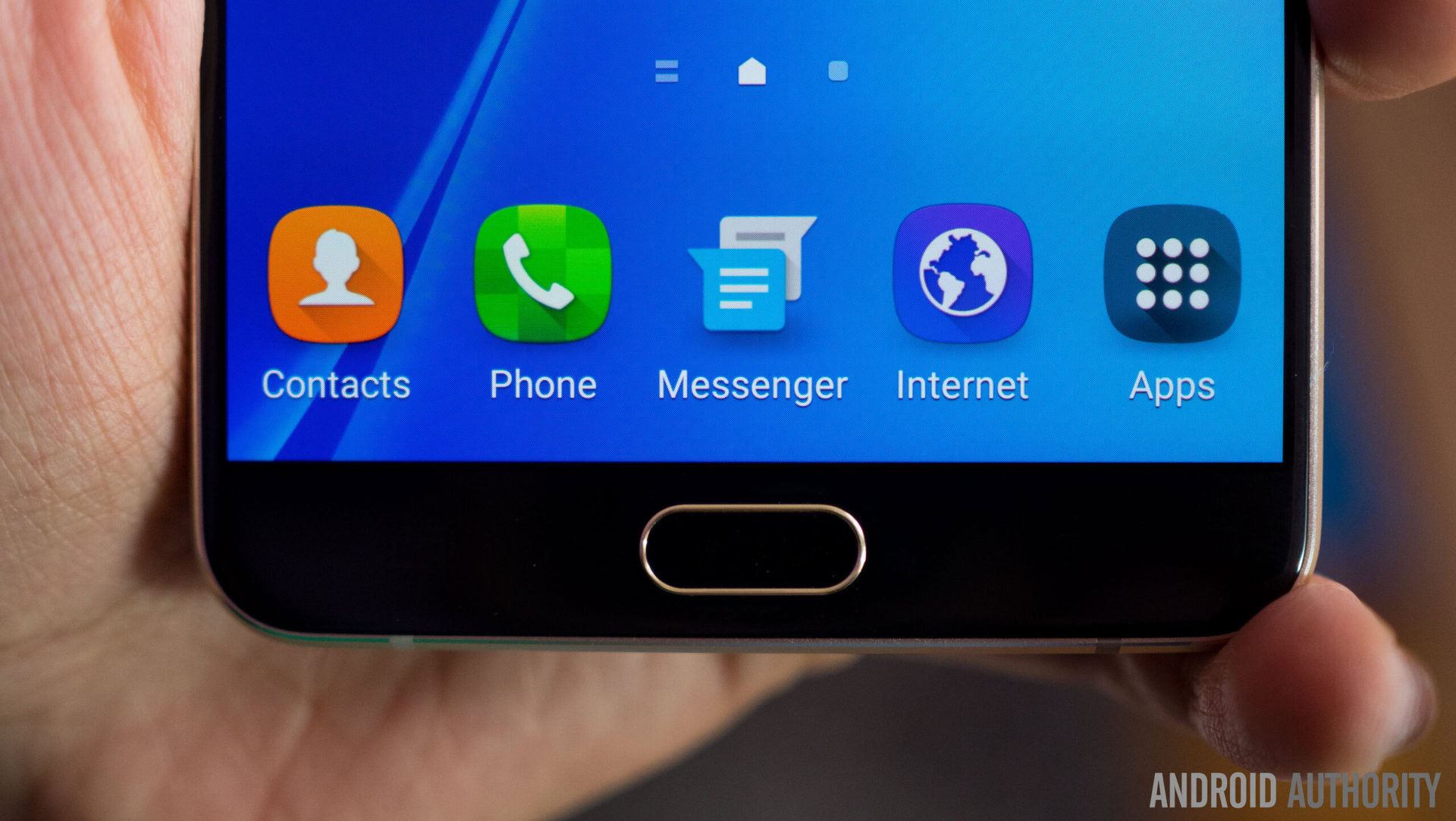
Retained from its flagship counterparts is the fingerprint scanner, returning to its usual position up front and embedded in the physical home button. Its placement allows for the scanner to be accessed at any time, letting you quickly unlock the device even if it is resting on a table. It can be a little awkward to reach it when you hold the device up, in which case the rear positioning that some OEMs have opted could be preferable.
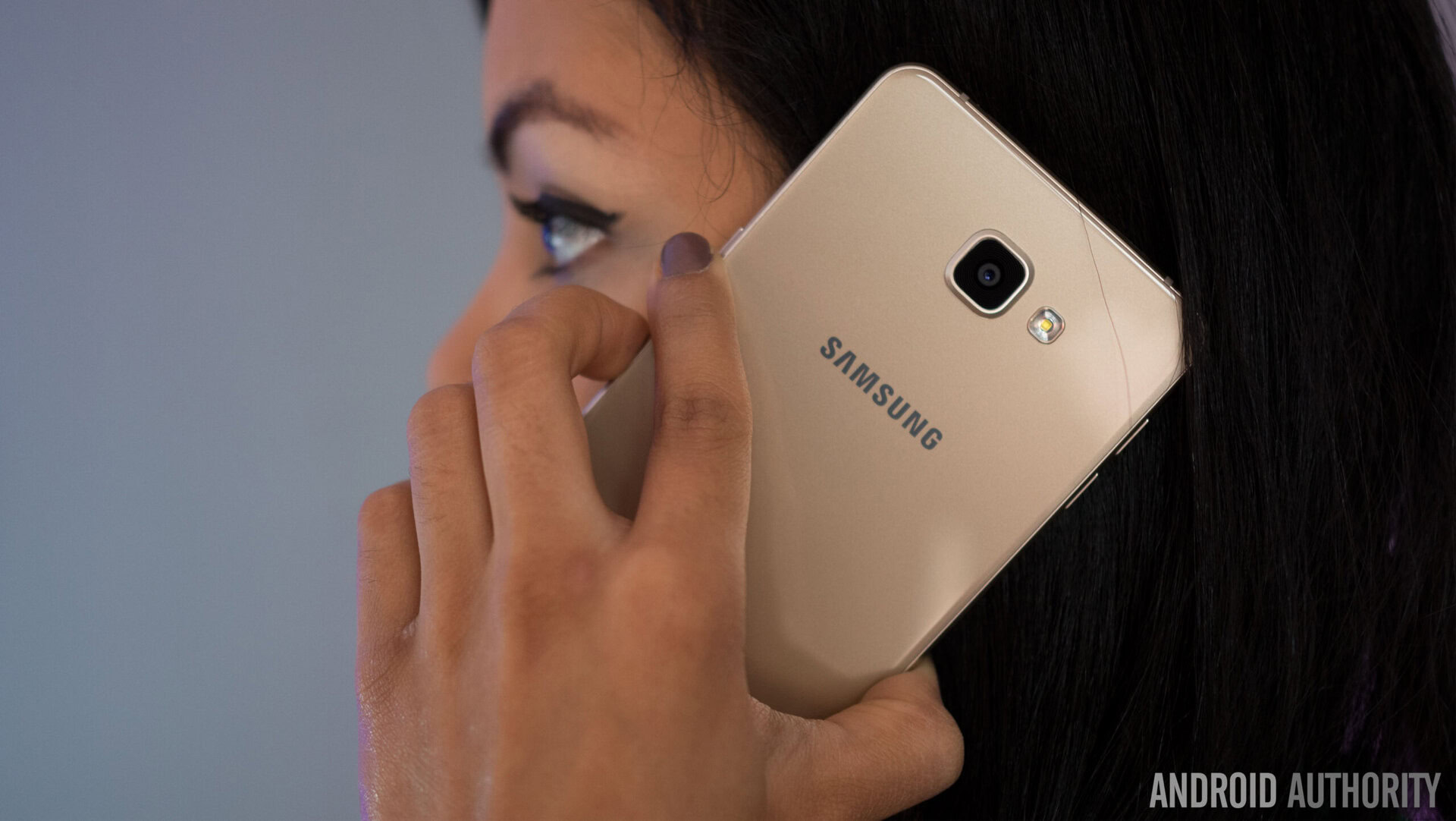
You still have to push the home button for the scanner to do its thing, but the scanner is otherwise very fast and accurate, failing to read the registered fingerprint only once in around twenty attempts. Apart from just unlocking the device, the fingerprint scanner is used with Samsung Pay as well, which is always a big plus. You may not get all the bells and whistles that Samsung packs into their flagship devices with the Galaxy A9, but it’s great to see the very useful fingerprint scanner making the jump.
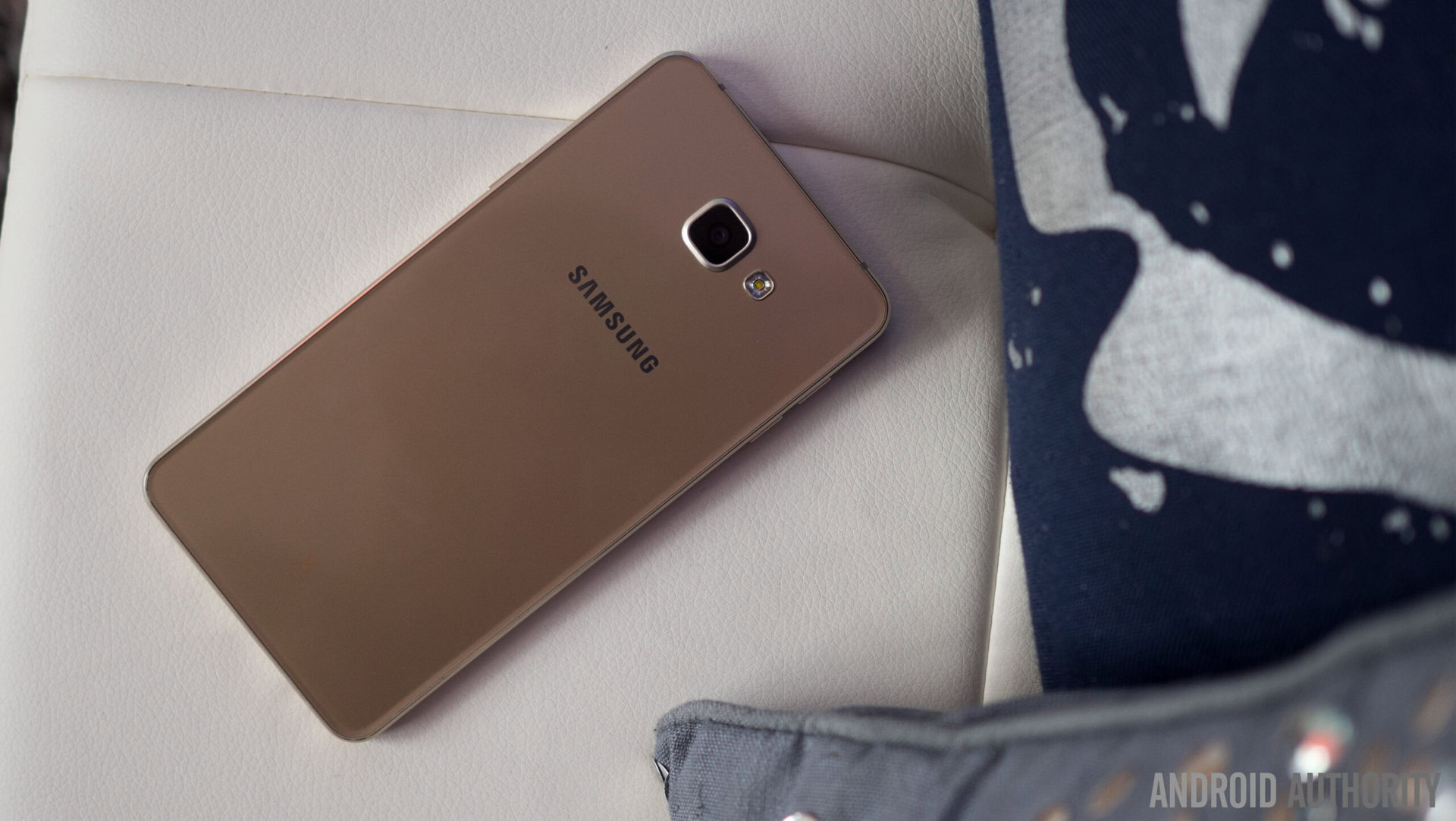
The single speaker unit is located on the right side at the bottom, and, as is the case with most bottom-mounted speakers, the placement isn’t ideal, as the sound is directed away from you, and makes for a speaker that is also very easy to cover up when holding the phone in the landscape orientation. However, it does get loud and the audio is also quite clear, with only a small amount of compression to it.
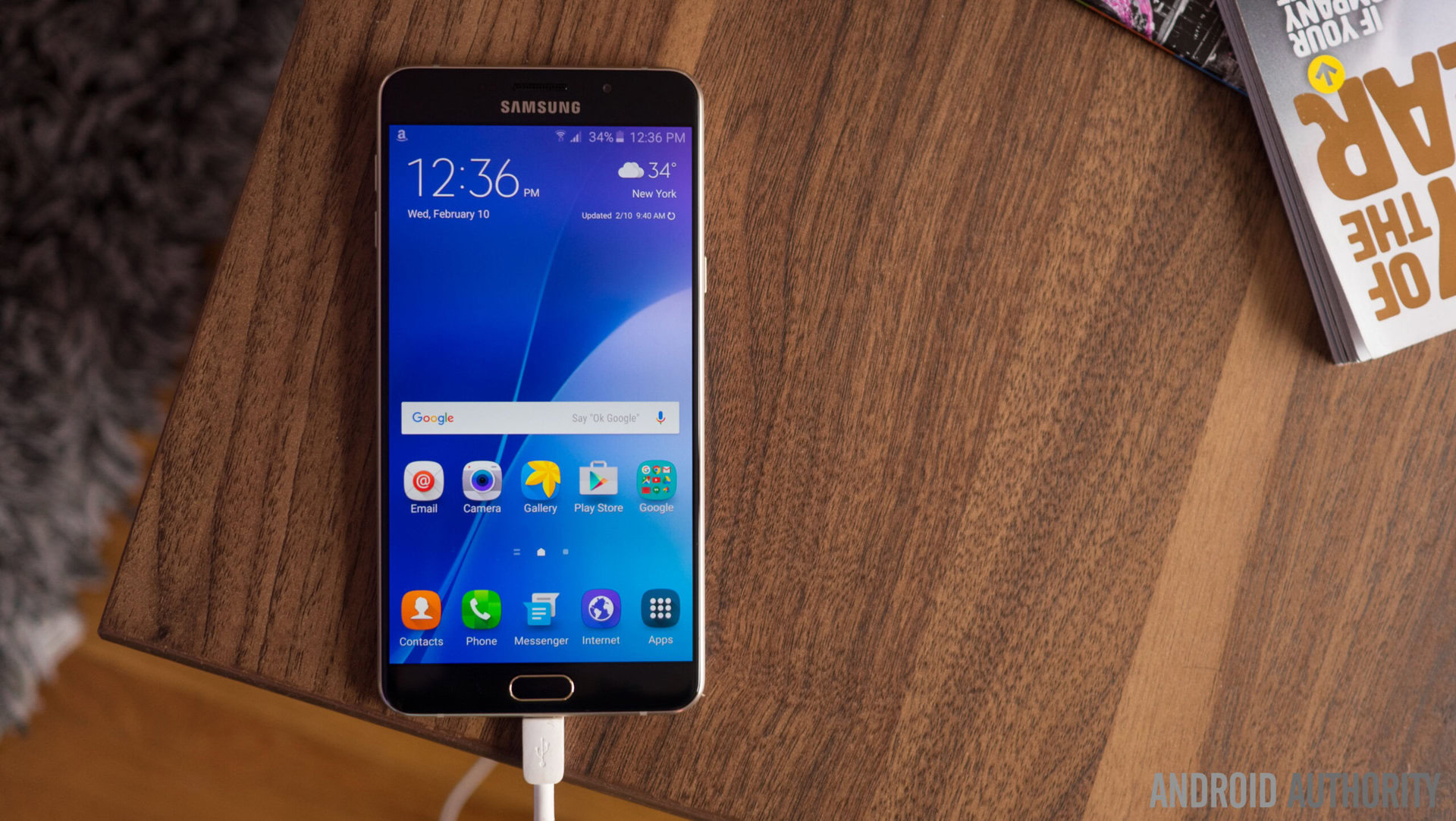
Moving on to the battery, we were certainly excited to put the Galaxy A9 through its paces when we first heard that it featured a large 4,000 mAh battery, and along with that, the promise of fantastic battery life. It’s certainly great news that the device stands up to that promise, and comfortably so, easily lasting for as long as 2 days with average use. Even when using the device to take a lot of pictures, I experienced a very impressive 8 hours of screen-on time.
You’ll be hard-pressed to drain this battery quickly unless you’re a heavy gamer. On the flip side, you can get even more juice out of the battery by using Samsung’s built-in battery saving modes when you’re running low. You will rarely find the need to charge the Galaxy A9 every night, and when you do have to, it charges really quickly as well, taking advantage of Qualcomm’s Quick Charge 3.0 technology.
Camera
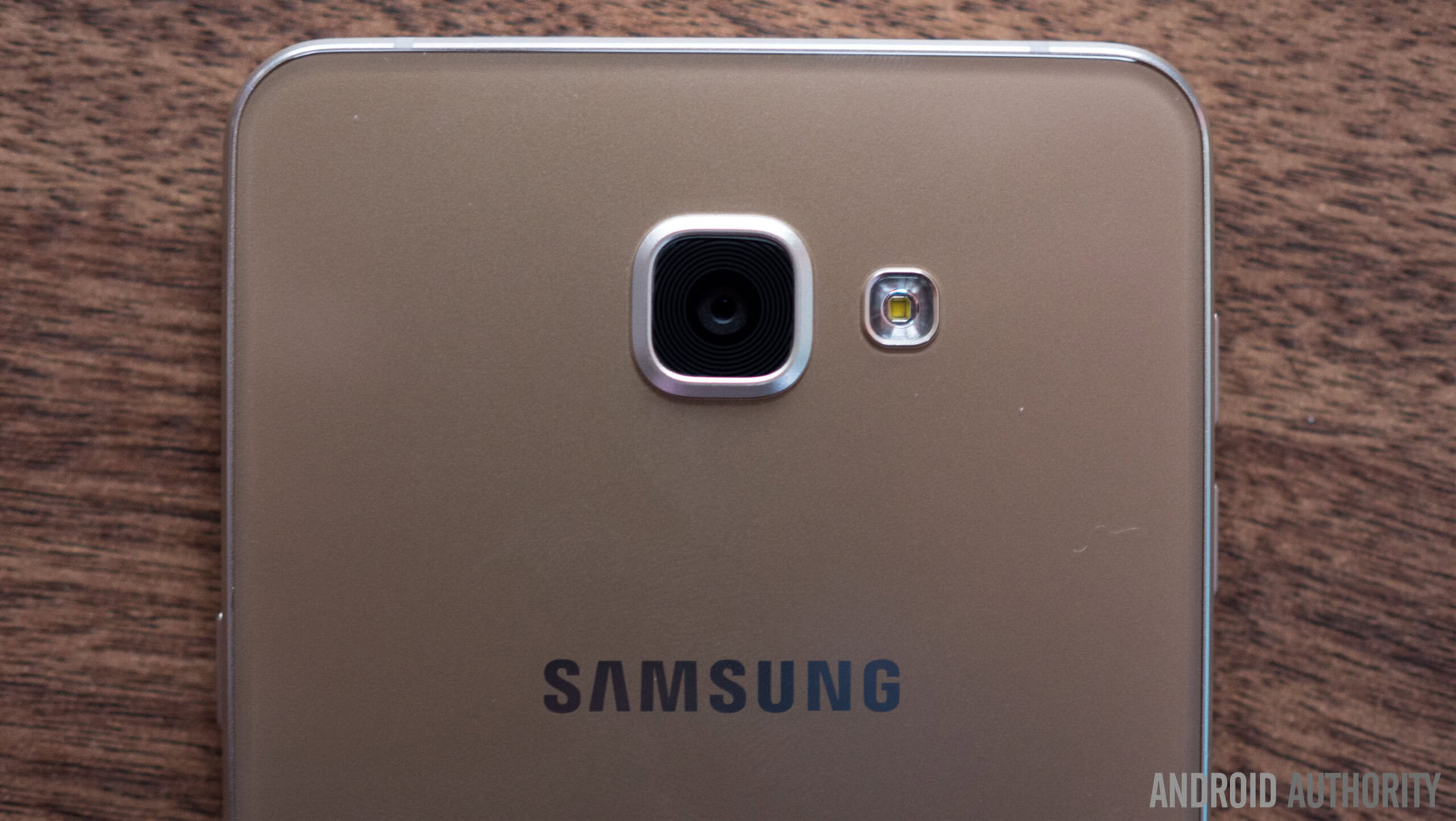
The camera, on paper, seems to be a step down from the Galaxy S6 and Galaxy Note 5, with the Galaxy A9 featuring a 13 MP primary shooter with a f/1.9 aperture. Fortunately, optical image stabilization is available as well, and overall, this camera is capable of taking some really good shots. To take pictures at full resolution, you’ll have to resort to shooting in a 4:3 aspect ratio however.
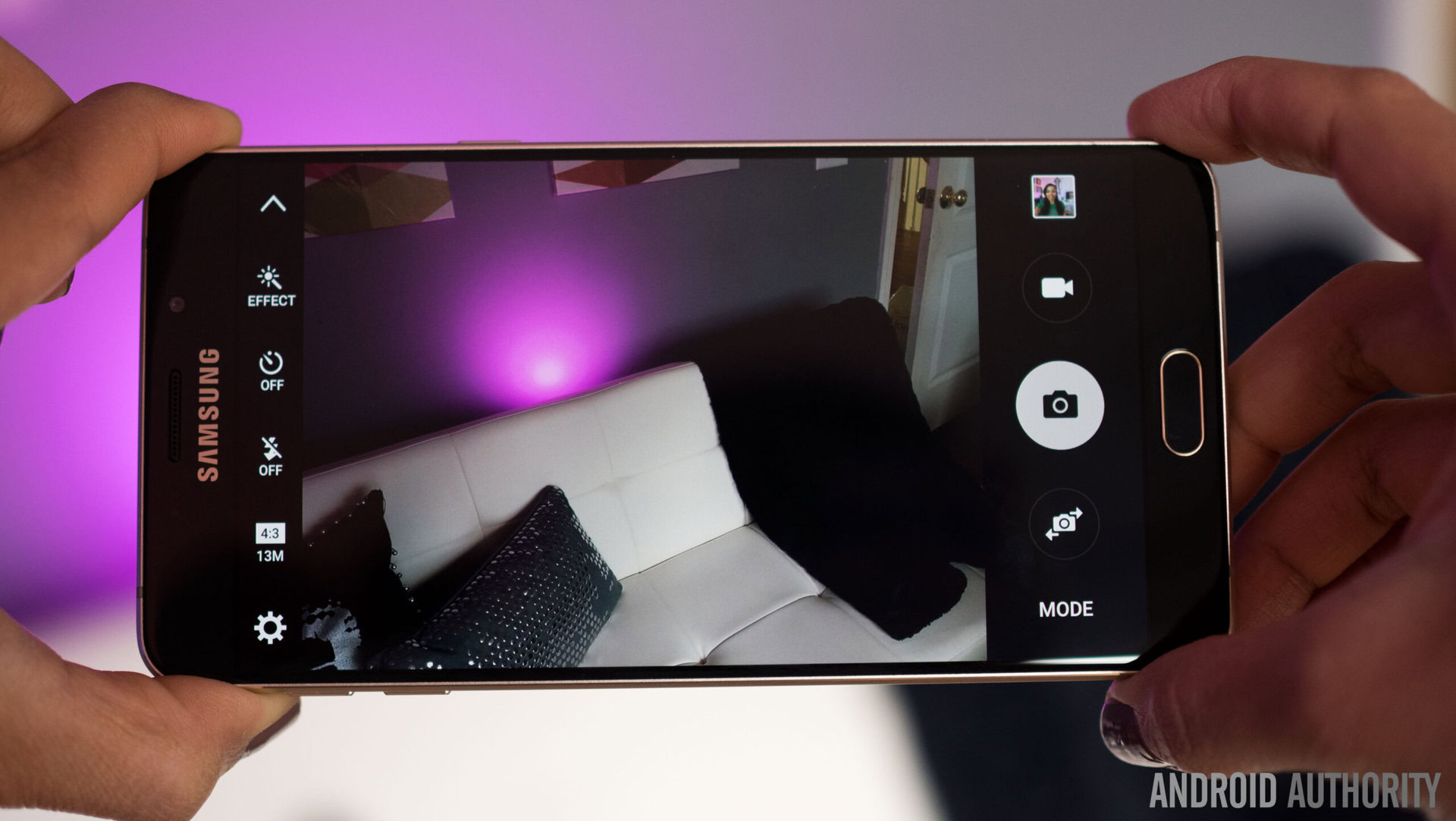
In good lighting conditions, the camera performs very well, and there is some sharpening that happens during post processing, that helps create sharp looking pictures with vibrant colors. On the negative side, the camera can struggle with dynamic range, and lots of detail can get lost in the shadows. Overexposure is also very common for the camera, especially on overcast days, but HDR does a great job with fixing this while maintaining a realistic look. Image quality deteriorates as lighting conditions worsen, and you will start to see images that are quite dull, with not a lot of vibrancy to the colors, along with lots of noise as well.
Camera samples
The front-facing camera of the Galaxy A9 is actually a step up from what is found with its flagship counterparts, and the 8 MP shooter, also with a f/1.9 aperture, makes for a noticeable difference. While the selfie cam of the Galaxy S6 lacked detail, the Galaxy A9 allows for a good amount of detail to be seen in images. It is a wide angle lens as well, which helps get a lot of information into the shot.
Overall though, the cameras of the Galaxy A9 are very capable, but the Galaxy S6 is still the one to beat.
Software
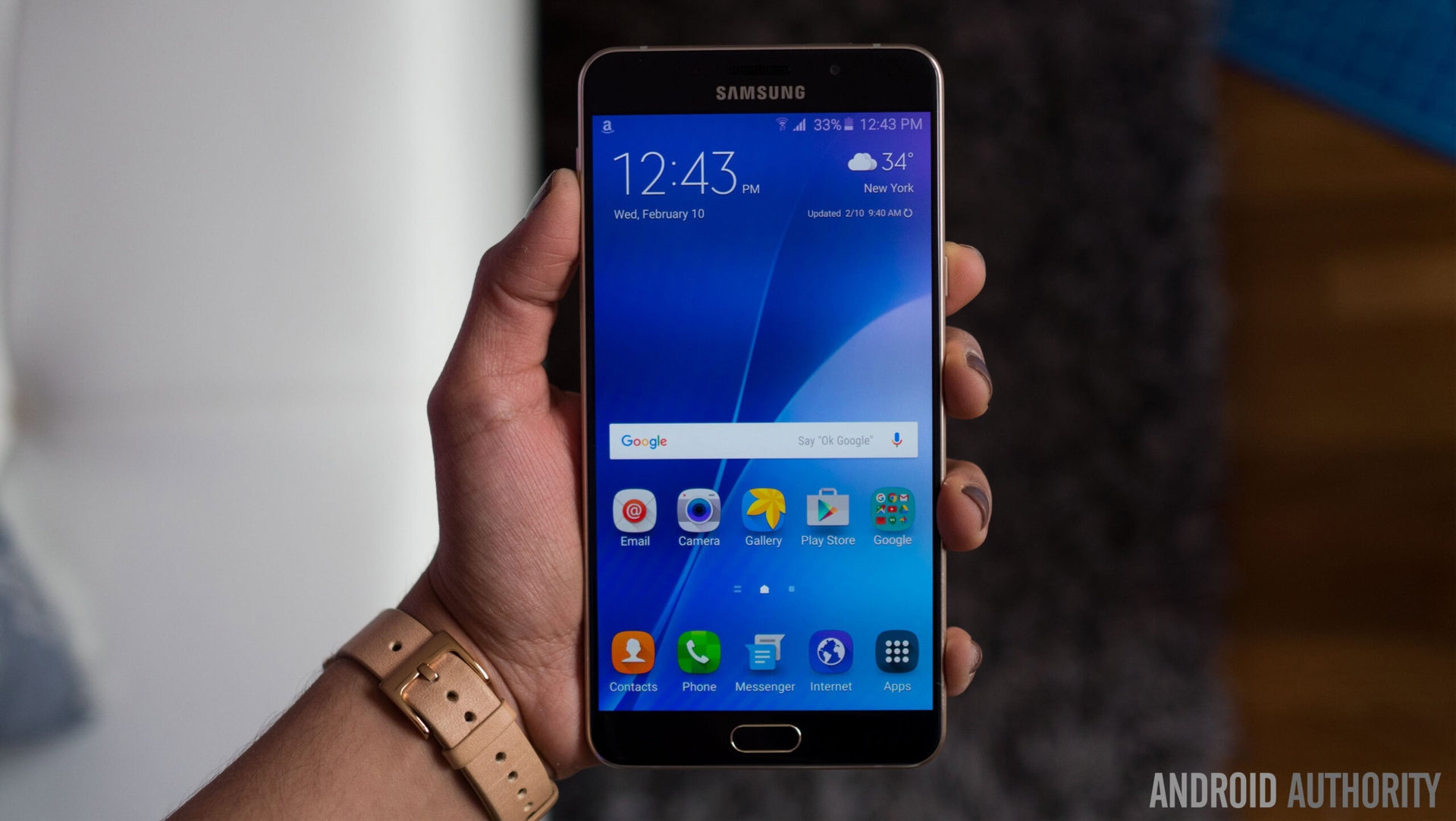
Finally, on the software side of things, it is certainly very surprising, and disappointing, to see the Galaxy A9, a device launched in December 2015, running Android 5.1.1 Lollipop out of the box. Granted, an official update to Android 6.0 Marshmallow is in the works, but with a device released so late in the year, we were certainly expecting it to come with the latest version of Android right away. For now, we have a version of TouchWiz that we’ve been familiar with for close to year.
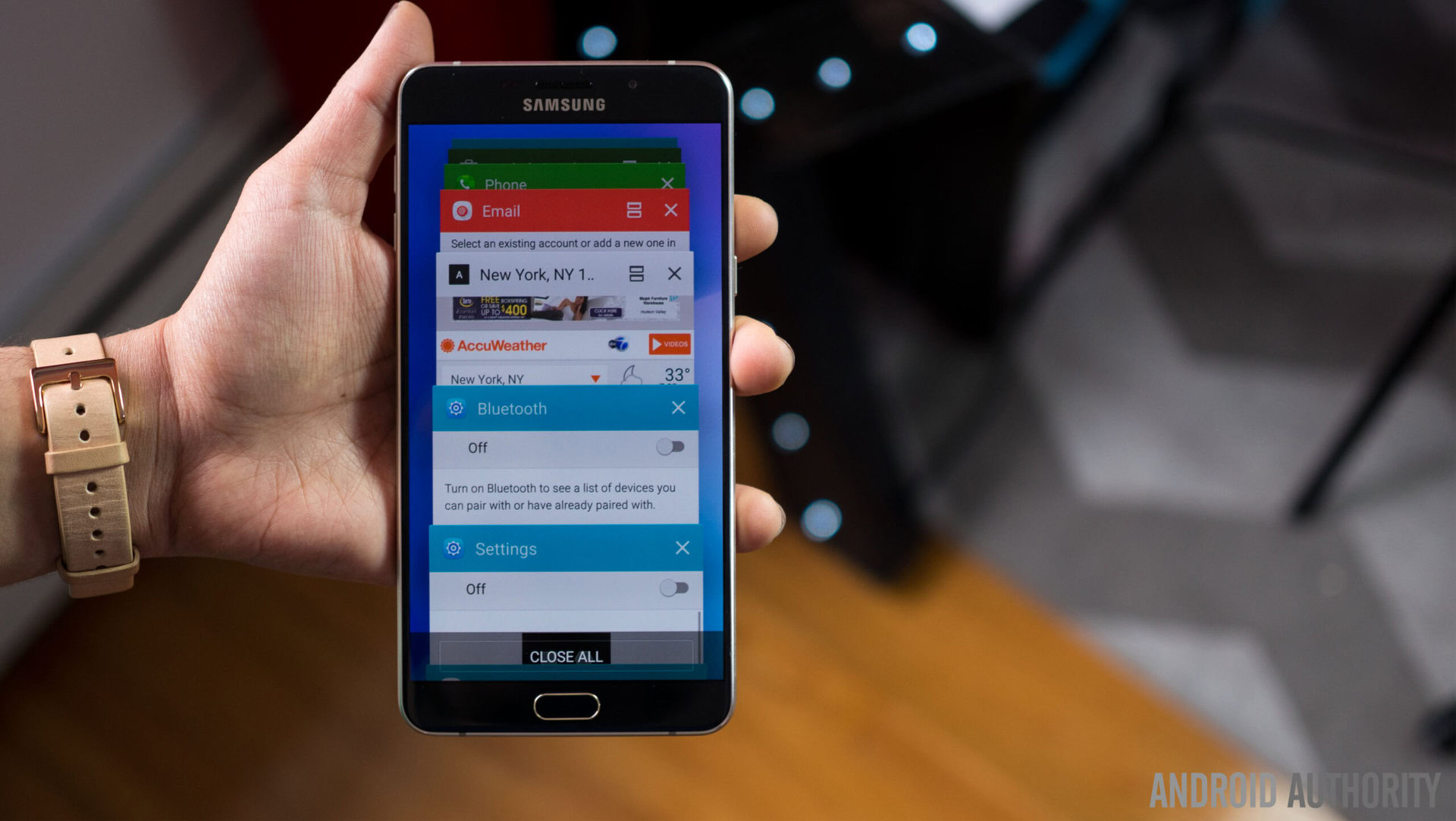
Samsung has done a decent job in toning down this version of its software package, when compared to previous iterations, but there are a few nice features still included. The notification dropdown is very nicely designed, if you don’t mind the color choice, and you do get to customize the Quick Settings toggles for easier access. Dual window support is also available, which can easily be taken advantage of when using this large display, but the feature is limited to only a select set of applications for now. Finally, the robust Theme Store is returning, which gives you the opportunity to really make the experience your own.
Granted, there is still work to be done here, like addressing the small stutters that are seen in relation to the homescreen animations, or when swiping over to the Briefing screen, but these will hopefully be taken care of when Samsung releases the official update to Marshmallow for the Galaxy A9.
Specifications
| DIsplay | 6-inch Super AMOLED display Full HD resolution, 367 ppi |
|---|---|
Processor | 1.8 GHz octa-core Qualcomm Snapdragon 652 Adreno 510 GPU |
RAM | 3 GB |
Storage | 32 GB expandable via microSD card by up to 128 GB |
Connectivity | Wi-Fi 802.11 a/b/g/n/ac Bluetooth 4.1 GPS+GLONASS NFC FM Radio with RDS microUSB 2.0 |
Cameras | 13 MP rear camera, f/1.9 aperture, OIS, LED flash 8 MP front-facing camera, f1/.9 aperture |
Battery | 4,000 mAh |
Software | Android 5.1.1 Lollipop |
Dimensions | 161.7 x 80.9 x 7.4 mm 200 grams |
Gallery
Pricing and final thoughts
The Samsung Galaxy A9 can be found on Amazon priced at close to the $600 mark, which is quite steep, but given the flagship features this device provides, it does make sense. Available color options include silver, white, gold, and pink gold.

So there you have it for this in-depth look at the Samsung Galaxy A9! This smartphone proves to be quite compelling, by offering a flagship design and build quality, high-end performance, and incredible battery life, along with expandable storage coming back into the fold as well. The display resolution may not be the highest out there, and the camera may not be as good as Samsung’s flagship devices, but they are certainly not bad either. The Galaxy A9 proves that Samsung can definitely find the balance between looks and functionality, and this device could put the company back on top when it comes to creating smartphones for the power user.